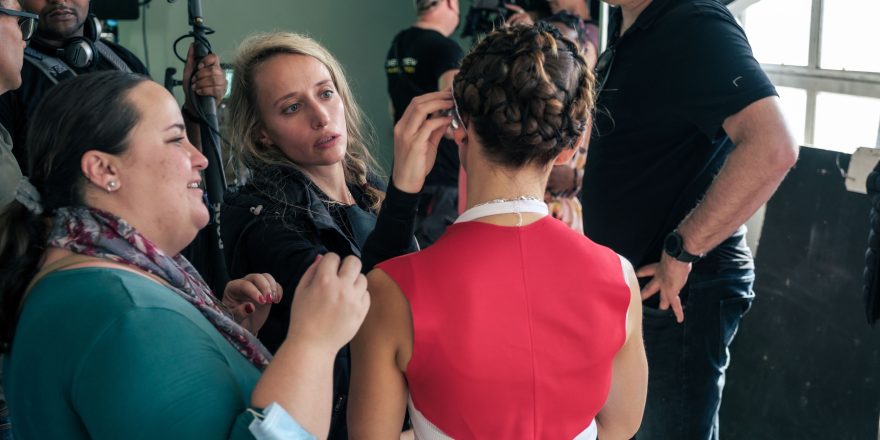I spent much of my childhood reading under my desk, playing Scrabble and riding horses. None of these interests screamed “cool” or “sporty.” They were my interests. But I wasn’t liked for them. Reading was for nerds, Scrabble was boring and none of the kids at school cared about my finesse in the saddle. At block parties, I loved running amuck and playing in the dirt, but was I a natural athlete? A decade of being chosen last for any team suggested no.
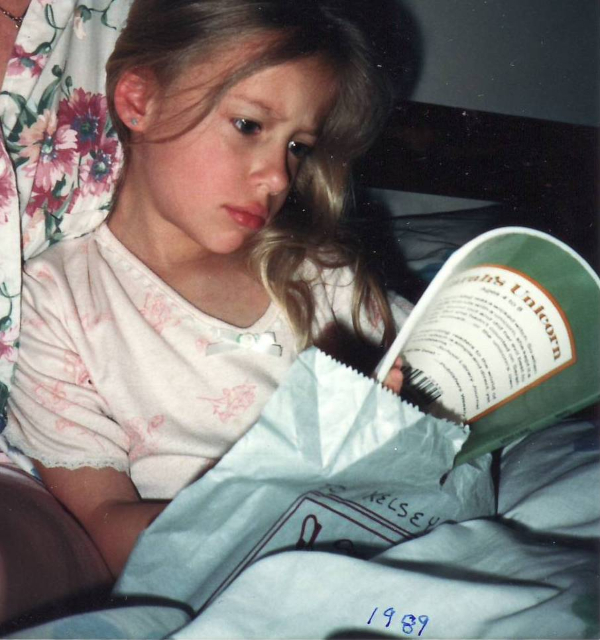
So no one was more shocked than me when I started training with the stunt performers of Cape Town. Although I wasn’t shocked that when I was sent down to Cape Town to coordinate on a TV series, I decided within a week that I wasn’t returning to Johannesburg. As a child I’d felt that “where I was” was not “where I was supposed to be,” and whenever this feeling has arisen as an adult, I’ve listened. It’s made for some fairly wild moves, wild more for their lack of planning than for choice of geography, although at times that’s raised eyebrows too.
But there is an advantage to changing cities … or leaving the land of one’s birth and moving halfway around the world. It’s an opportunity to reinvent oneself, even if you aren’t fully aware you want to be reinvented.
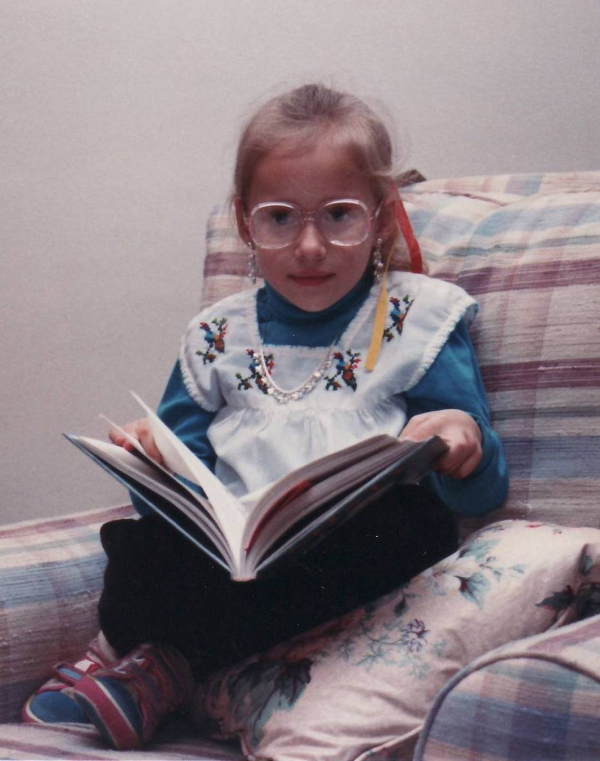
No one in Cape Town’s stunts community knew that I was bullied as a kid for being too short to get a volleyball over the net. Or that I’d never been selected for any sports team or theatre troupe (always in the callbacks, never the final pick). Or that one of the reasons I started directing was so that I could create the experience I so desperately wanted to be part of, rather than be consistently disappointed over not being chosen.
More often than not, I’ve felt like an outsider looking in – the perennial observer as everyone else had lives that seemed to progress, while I somehow remained stuck in the same place.
While the Cape Town stunts community knew none of this, it didn’t take them more than 20 minutes to deduce that my physical acumen was limited at best. That was 2011. I was so young, and yet so painfully aware of being too old to develop the skill set I needed to ever truly excel in this world. I bitterly mourned not having a gymnastics or dance background. I dearly wanted to be exceptional, but knew that the grounding I lacked would mean a certain level of skill would likely never be achievable. And yet I still wanted to try.
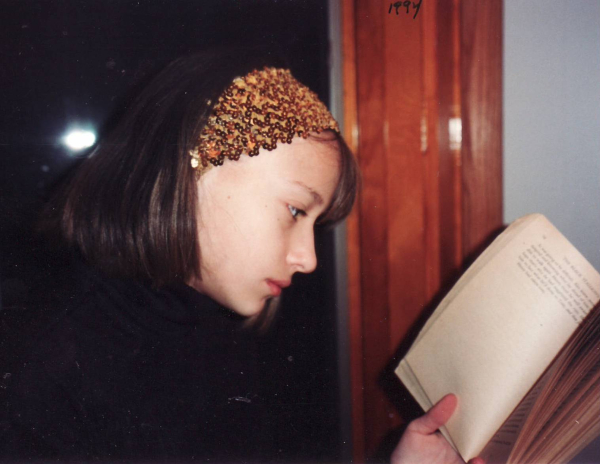
Why? I told myself it was something I was doing for me. It was fun. And good for me. I’d get in better shape. But it was also a true challenge … and maybe somewhere deep down, I wanted to defy all the kids from school who teased me so mercilessly for being me. I wanted to be the badass who existed in my head, a version of me they’d never seen. But there was also a deeper, underlying motivation: the fact that I desperately wanted to be a director, and knew that there would be barriers every step of the way. I already had plenty of experience with that.
In 2006, my directorial debut – a 26-minute Super 16 mm drama called Gargoyle – was nominated for Best Short at the South African Film and Television Awards. I was 24 and this was a Big Deal. I was so young that the significance nearly didn’t register. My boyfriend at the time opted out of being my plus-one to the awards ceremony, and I was busy trying to pretend that this was OK.
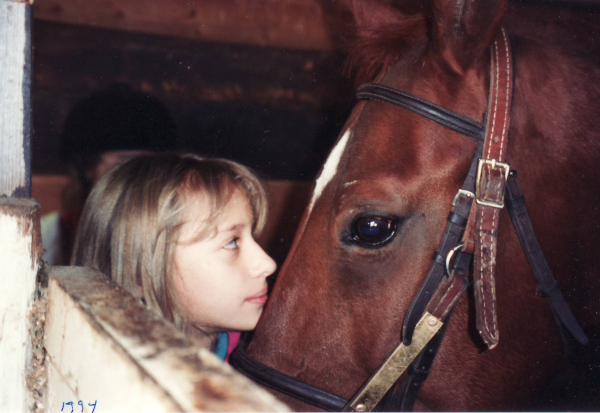
It really wasn’t a big deal that he wasn’t interested in coming with me. He had things to do (bagging herb to deal) and it would be a bit entitled of me to expect him to come. Surely I shouldn’t be upset. So I got dressed up and drove myself to Pretoria alone.
I didn’t win. I knew that I couldn’t. It would have been grossly inappropriate for the white American expat to be awarded Best Short Film, and I would have felt wildly uncomfortable if I had. But at the time, a lot of experienced industry folks told me that based on the strength of the work, I would be directing my first feature in no time.
Except the phone didn’t ring. Well, it did once. A much older producer asked me if I wanted to write a feature for him for free. I declined. I was dead broke at the time from taking time off to produce, write and direct another short to “prove” that I really could do this. In truth, not much has changed.
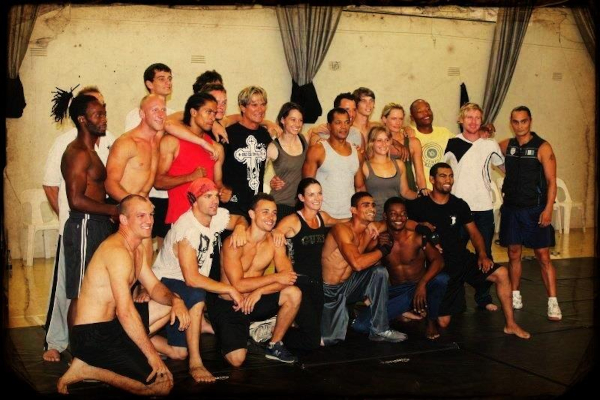
But even then, I knew that I was never going to receive the opportunity to direct on a silver platter. Aptitude and talent wasn’t going to be enough. And maybe not experience, either. I needed to have all those things, of course, but luck and social politics was going to impact my career just as much. I’d come to terms with the fact that I’d receive endless “no’s” and a myriad of justifications for why me or my project “wasn’t the right thing.” Often the reasons were suspiciously different, although sometimes refreshingly honest: “It’s just going to be too hard to get buy-in, considering you’re a woman with no previous feature credits.”
When consistently confronted with “no,” you start contemplating what you can do to remove the barriers to a “yes.” I devoted myself to this mission. And in part, that’s what led me to stunts. I didn’t know any female directors with action experience. I didn’t know any action film that had ever been directed by a woman. So I thought that maybe, if I was a female director who really knew action well, that could be a reason. A reason to say “yes.”
And so there I was, back in 2011, keenly sweating my way through another fight workshop in a converted-garage gym in an industrial park out in Killarney. The workshop was organized and led by one of South Africa’s top fight choreographers, fondly known as Uncle G. After pairing up and practicing a short sequence, we took turns performing the fight for feedback. I was pleased to land every beat and put my heart into my performance … but I wasn’t thinking much about whether my form looked okay. At the time, I didn’t know a damn thing about form. Amped up and high on adrenaline, I looked to Uncle G … and was confronted with an utterly stunned look. It’s rare to leave someone speechless from pure lack of grace, but that day I succeeded. Remembering his aghast expression still makes me laugh.
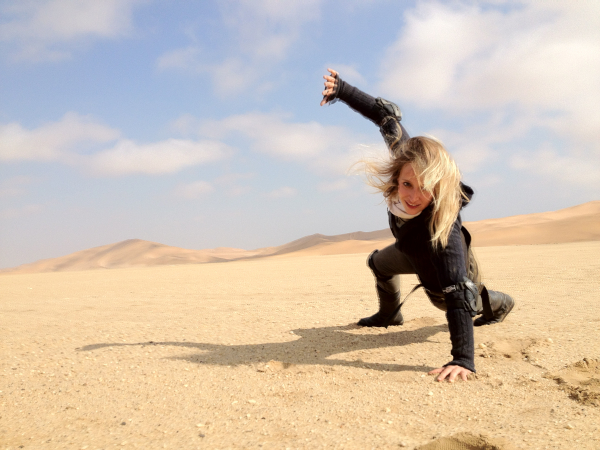
But here’s the thing: not one person in the close-knit Cape Town stunts community ever told me that I was hopeless. They may have thought it, but the only feedback I ever received was pure unadulterated enthusiasm and encouragement. In my twenties, I just thought that was cool. Now, a bit older and more world-weary, I know how rare – and how special – such support truly is.
We had literally nothing in common other than a passion for stunts, and yet this ragtag bunch of zestful, life-embracing characters created a safe and supportive environment where people were celebrated and affirmed just for showing up. Effort was as esteemed as outcome, and determination, commitment and grit were regarded as highly as fitness or talent. We trained together and we laughed together and, seemingly by magic, we improved together.
While I was training in Cape Town, it was raining in Australia. This is notable simply because the desert where George Miller intended to shoot Mad Max: Fury Road sprouted flowers for the first time in a generation. So the long-awaited Mad Max sequel was now going to be shot in Namibia. We knew how big the film was going to be, and that the stunt work was going to be unlike anything the world had ever seen. We also knew which performers were most likely to get hired, and I was not foolish enough to include myself on that list. I had a pragmatic sense of my own abilities, and had myself firmly categorized as “Not Good Enough.”
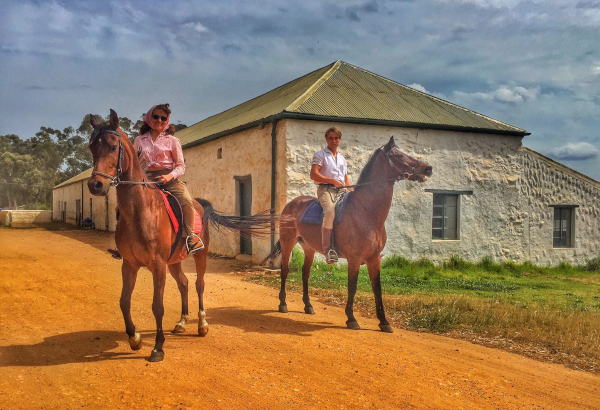
Even so, when production rolled into Cape Town to hold stunt auditions, I decided to take part for fun. After all, what did I have to lose? Years as an actress and pitching myself as a director hardens you to rejection. If you don’t expect to get a “yes,” it hurts less when you don’t.
We prepped for that audition for weeks, and were prepared far better than I ever could have imagined. When I received the call that I’d been selected for the Fury Road stunts team, I almost fell out of my chair. I’d never felt like more of an imposter. If I thought I’d been training hard before, it was nothing compared to the regimen I put myself on in preparation for the Fury Road bootcamp.
My time in Swakopmund is burned into my memory. Stepping off the plane into the desert’s embrace, the dry tarmac radiating heat as I carried the Doof Warrior’s $40,000 guitar. (Production wouldn’t normally ever enlist another department to mule such an expensive prop, but I used to work in production, so they trusted me.) The massive kitted-out gym in which we trained. Testing out fight beats for the cast. The theatre-style rehearsals in which we created the lore and culture of the War Boys. Riding around in the war-rig. Sharing a room with my close friend Katja – even though we both had our own spacious rooms, it was more fun to share – and in that very room finishing the script that would eventually lead to my sci-fi thriller The Fix, which releases in North America today.
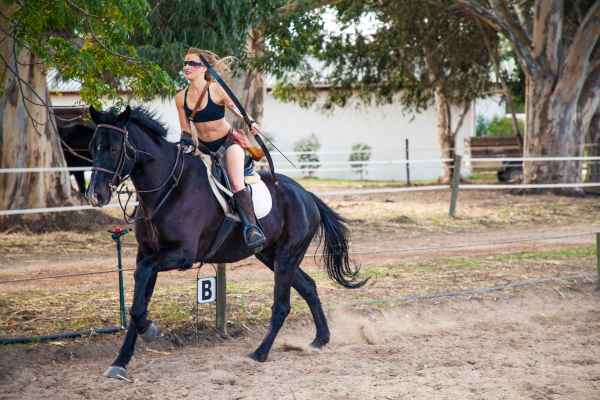
(This other movie had huge action set pieces and significant CGI / motion capture elements and I figured out pretty quickly that I had next to zero chance of getting it off the ground … but the script received enough interest that I was motivated to write The Fix as its smaller, less ambitious prequel … something more “easily makeable” that would be considered “the right size” for a first feature. Joke’s on me, considering The Fix still took eight years to finance.)
And then there’s the more personal stuff. The tougher parts of my Fury Road story. My frustration that even though I’d never been fitter in my life, I still didn’t look thin. The haunting knowledge that I was going to be sent home, that my body “wasn’t right” to double any of the wives. That the months I’d put into training full-time to be fully prepared, thinking I was going to be on a well-paid stunts contract for the better part of a year, was actually not going to be compensated. Not financially, anyway.
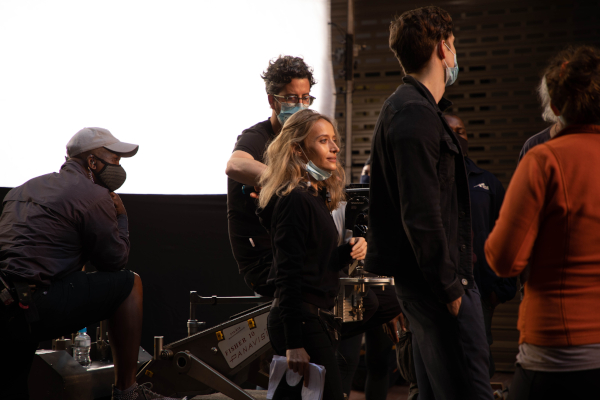
But that’s the thing about making movies. We’re not doing it for the money. We’re driven by something else. A desire to create. To come together and build something. Something bigger than the sum of its parts. Something that can make an impact. To make people think … or feel. It is a passion. Some might call it a madness. And in a world where we can often matter very little, telling stories is a way to be seen.
Returning to Cape Town after a month and a half in the desert ended up being a blessing in disguise. Within a few months, I was directing a music video that achieved some recognition, and while I continued working in stunts until early 2020, I never stopped hustling to achieve the original goal: directing my first feature. As the years passed, I did wonder if I was chasing a pipe dream. And yet, that didn’t stop me from trying. I knew that the impossible could become real. After all, I’d moved to Africa as a bookworm and transformed myself into a stunt performer. Directing had always come far more easily.
Thank you to the Cape Town stunts family for embracing me when you had every reason not to. You will always have my heart.
Featured image, showing Kelsey Egan on the set of The Fix, is by Graham Bartholomew / Crave Pictures.


